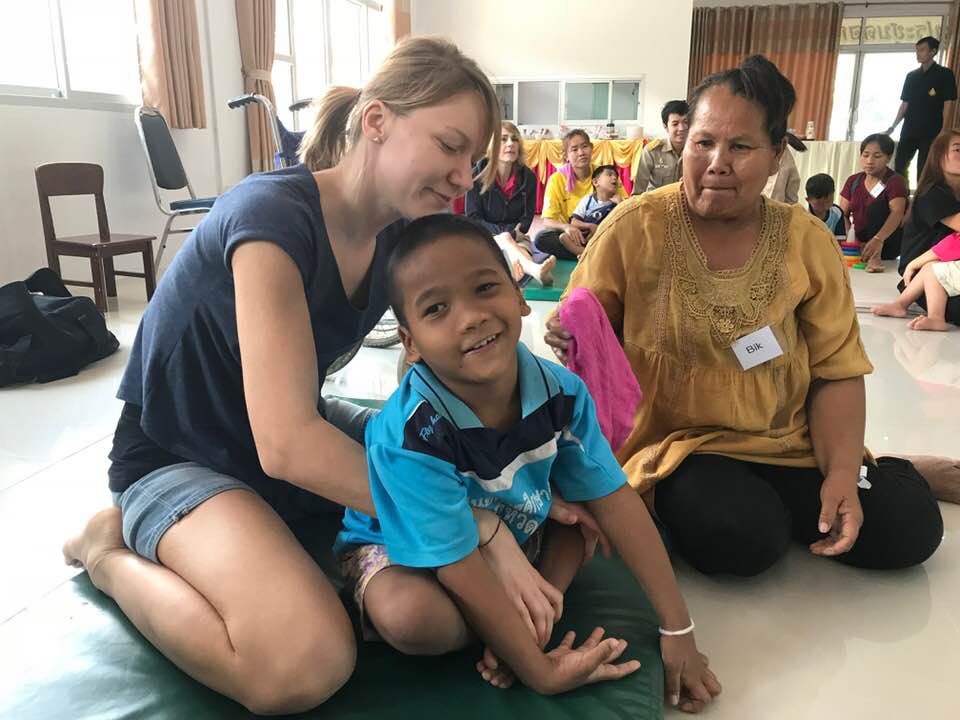NOJF is a registered Canadian charity that is revolutionizing the care, treatment, understanding and acceptance of children with Cerebral Palsy in South East Asia by training and educating parents and professionals.
Cerebral Palsy
|
Can Cerebral Palsy be cured?
Although the disease is not progressive and the underlying damage does not get worse, there is currently no cure for cerebral palsy. The complex nature of the condition, involving motor function difficulties and a host of co-occurring medical problems, often makes it difficult to treat. (https://cerebralpalsygroup.com) |
|
They have feelings that can be hurt. Nothing hurts like uninformed people who assume the worst about them. Worse yet are ignorant people who belittle them.
|
The R-Word
Although some people with Cerebral Palsy have degrees of intellectual impairment, the vast majority do not. Their brains have been damaged in a way that interferes with muscular control. The signals from their brains to muscles are like the snowy signal from a distant over-the-air television station. Their movements are awkward, sometimes painfully so. Their minds, however, are intact. They are as capable of emotion, creativity, learning, reasoning and loving as anyone. |
(Inspired by an article on www.cerebralpalsy.org)
Treatment
|
Children and adults with cerebral palsy require long-term care.
Medications can ease muscle tightness:
|
|
- Physical therapy - muscle training and exercise helps with strength, flexibility, balance, motor development and mobility.
- Occupational therapy to help gain independence in daily activities and routines in the home, the school and the community.
- Adaptive equipment can include walkers, quadrupedal canes, seating systems or electric wheelchairs.
- Speech and language therapy can improve ability to speak clearly. Or they can learn to communicate in other ways, with sign language or devices like a computer and voice synthesizer.
- Recreational therapy - Motor skills, speech and emotional well-being can improve with regular or adaptive recreational or competitive sports activities, like therapeutic horseback riding or skiing.



